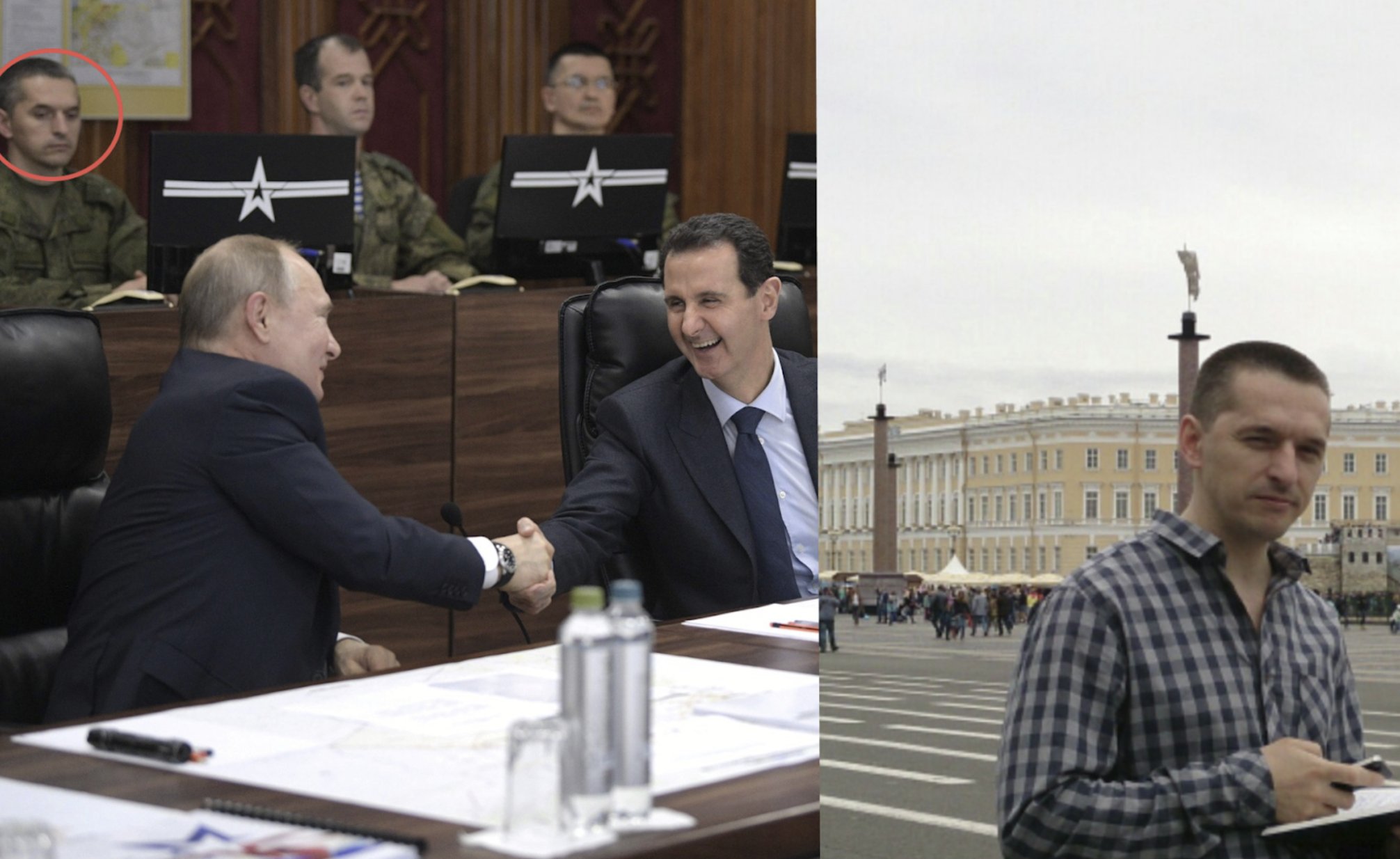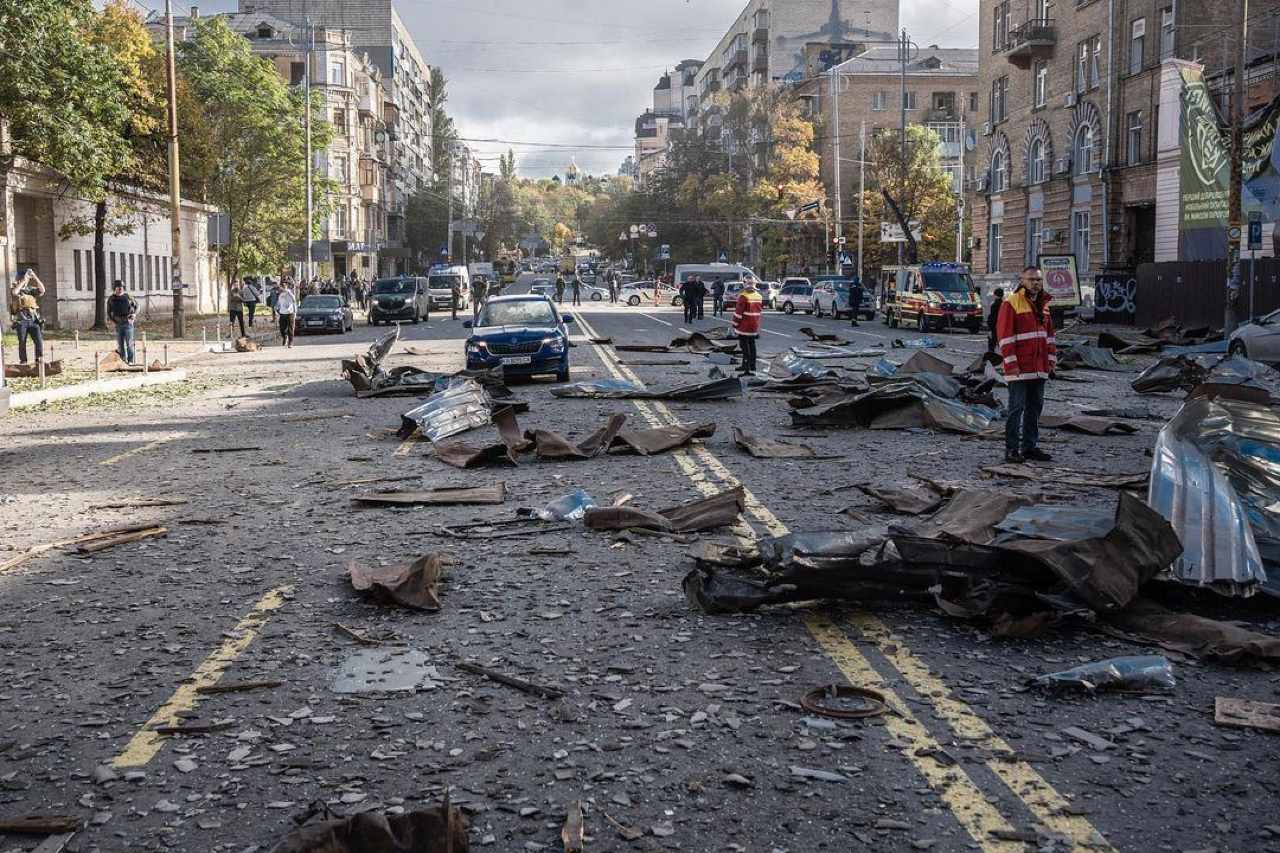An independent investigation recently disclosed that a covert Russian military unit could be behind lethal missile attacks on Ukraine. The unit comprises dozens of mostly young engineers and IT experts.
More than 30 Russian military engineers were identified by experts from the German publication the Bellingcat open-source investigative group and an independent media outlet, Insider, in a joint study published on October 24.
The research uncovered a secret unit within the General Staff Main Computer Center, often abbreviated as (GVC), that produces precision missile flight coordinates. The Insider sought to investigate this hypothesis by examining phone call logs of Major General Robert Baranov, the center’s head.
The Insider discovered that Colonel Igor Bagnyuk, listed at the same address as the other known MCC officers – 19 Znamenka Street – got calls from that specific number every time before a cruise missile launch between February 24 and the end of April 2022.
Ever wonder how Russian cruise missiles find their way into Ukrainian playgrounds, power stations, and apartment buildings? Well thanks to @bellingcat’s @christogrozev wonder no more. It’s time to meet the team behind the targeting of Russian missiles on civilian infrastructure. pic.twitter.com/HHRrmUE3jQ
— Eliot Higgins (@EliotHiggins) October 24, 2022
When the investigation team looked at Bagnyuk’s call logs, they discovered that he had been in constant touch with more than 20 military engineers and IT experts from the MCC.
The investigation team pieced together a group of 33 military engineers working under Colonel Bagnyuk based on clusters of recurring calls.
The Insider was able to correlate many individual cruise missile strikes to specific MCC units and discovered links between missile types and individual MCC personnel by researching that data.
The report further noted that the MCC unit comprises three teams, each of which programs the flight paths of a different type of high-precision missile.
These missiles are the ZM-14 (Kalibr, sea-based), 9M728 (aka R-500, Iskander (land-based) operational-tactical missile systems), and X-101 (air-based).
The military engineers who program guided missile routes come from various disciplines. “Some had prior military service as navy captains or ship engineers. Others had prior civilian work experience as corporate IT specialists or game designers,” Bellingcat wrote.

The missile guidance experts acknowledged that those phone numbers belonged to them when the Insider started calling them at the numbers from the call records. However, they flatly denied that they were employed by the Main Computer Center or involved in the missile attacks on Ukraine.
Most of the suspected GVC members either did not respond to the reporters’ calls or texts or denied serving in the Russian Armed Forces, despite being shown pictures of themselves wearing uniforms bearing the GVC insignia.
The Mechanism For Executing Missile Attacks
The outlet outlined the planning phase of missile attacks, citing a GVC member who consented to speak anonymously on the record.
“[T]he pre-flight planning requires simulation of the complete flight path from the launch site to target. The programmer loaded the resulting flight path plan and the algorithm for course adjustments based on various inputs onto a ruggedized memory stick, which is then passed on to the launch location and inserted into the missile,” the member explained.
From October 10 to 18, the largest wave of Russian strikes killed at least 70 Ukrainian civilians and blew up 40% of the country’s electricity infrastructure. According to a joint article by Bellingcat, The Insider, and Der Spiegel, the GVCs had been planning the latest strikes since at least October 2.
Volodymyr Zelensky, the president of Ukraine, described the strikes on civilian infrastructure as a terrorist attack. The Insider piece defined work at the MCC as an office job with occasionally lengthy hours.

The team’s daily tasks include planning each missile’s flight path, creating thumb drives with attack data for uploading into weapons, and figuring out how Russia’s long-range missiles can hit specific targets with the greatest accuracy.
The joint investigative team concluded that Lt. Col. Igor Bagnyuk appeared to be in charge of the GVCs’ “missile pre-planners sub-unit” after speaking with a unit member who shared images of Bagnyuk and group photos of the unit.
Maj. Gen. Robert Baranov, officially identified as the director of the GVC, is Bagnyuk’s commander, according to the joint investigative team.
Russia has designated The Insider and Bellingcat, registered in Latvia, as “foreign agents.” The outlets’ work in the nation was declared “undesirable” this year, and any Russian citizen who collaborates with them or uses their material would be penalized.
All in all, if the report is accurate, MCC members planned and programmed the majority of the strikes.
- Contact the author at ashishmichel (at) gmail.com
- Follow EurAsian Times on Google News




